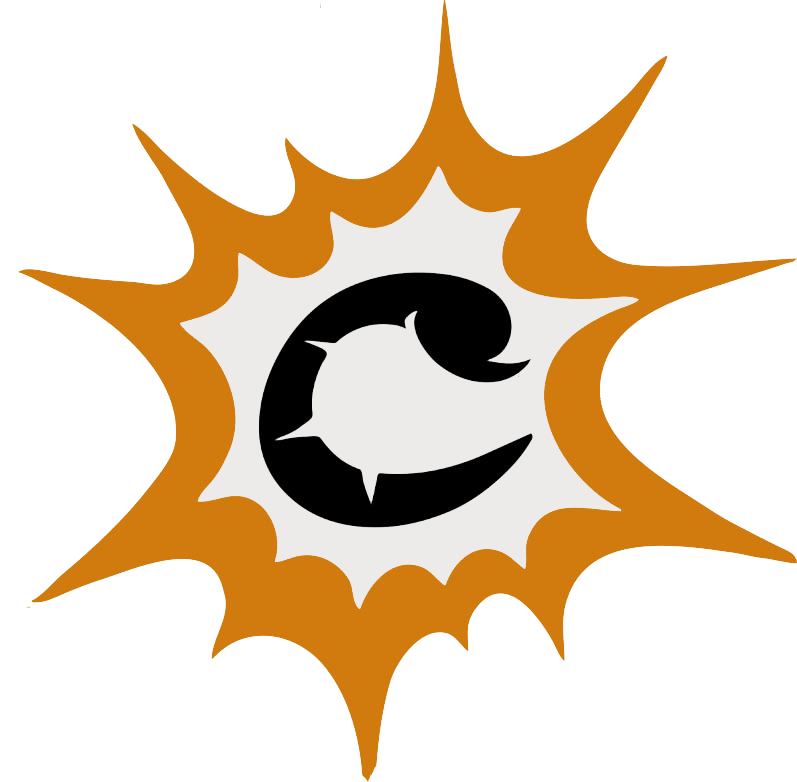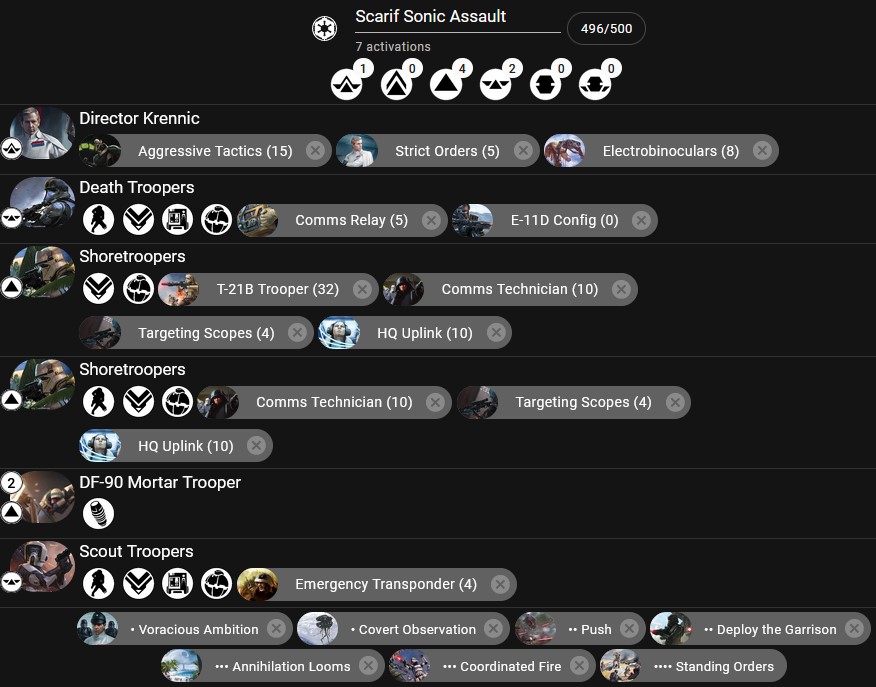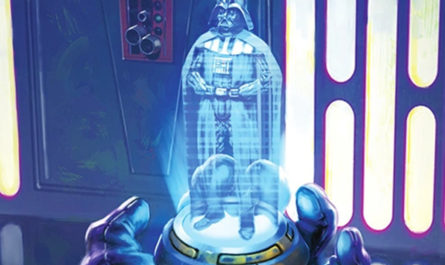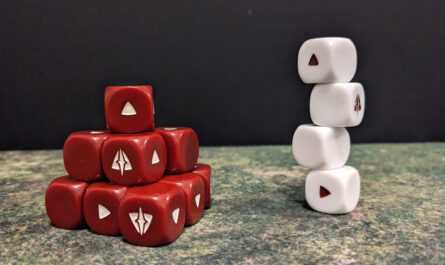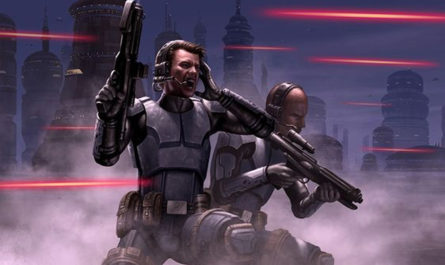Are you struggling to create powerful army lists? Perhaps someone should pave you the way to efficient lists ? One tip for creating coherent and powerful army lists is to follow a model that has proven its worth. In the jargon of games, these models are called archetypes. In this article, you’ll find an overview of the most popular Star Wars Legion archetypes.
What is an archetype?
An archetype is a recurring strategy seen in many successful army lists. Archetypes are defined when they have been predominant in several tournaments and have demonstrated consistently excellent results. Although an archetype may have many possible variations, the cross-cutting strategy that defines it remains the same.
Why base your list on an archetype?
If you don’t have a clear idea of what you want your army list to be, or don’t know how to go about making one, then basing your list on an archetype may be the answer. Since archetypes have proved their effectiveness in competition, they ensure that your list will “work”.
What are the most popular archetypes in Star Wars Legion?
Below are some of the most popular archetypes:
Atlas / Standard
Like the Titan that carries the world in Greek mythology, a list following the Atlas archetype features a single powerful unit on which the entire list relies. This lethal weapon wreaks havoc on the opposing ranks, while the other units finish the job or support the hero in his crusade. This archetype is sometimes called Standard in SWL. This echoes the very first lists in the game, which all followed this archetype because no other alternative existed back then.
The Atlas unit will generally be a close combat unit (i.e. a Force user) with a high point value. Luke Agent, Darth Vader, Palpatine and Yoda are all characters who fill this role perfectly (Darth Vader and Luke even more so than the others, thanks to their 6 command cards). Note that the strength of this list is also its weakness: as soon as the hero is neutralized, the rest of the army is in a bad way.
The basic units in the list will generally have no upgrades. These will be used primarily to capture objectives. There’s no point wasting points on them, and you’ll be able to offset the cost of the Atlas unit. There is, however, one exception: the Medic unit. Sometimes, this archetype lines up one or two base units accompanied by a medical droid, in order to treat the Atlas unit if necessary.
The 2022 French Champion’s list is based on this archetype: an expensive commander (over 230 points) and naked units.

Multiple Small Units (MSU)
As its name suggests, this archetype uses several small units of equal strength (more or less). It is the complete opposite of the Standard archetype. Its credo: “Strength in numbers“.
This archetype has several advantages:
- It contains more activations than the average of the other lists. For an 800-point format, it is common to see 11 or 12 activations.
- Since no unit has any real value, any loss during the game will not weigh on the list.
- It allows you to deploy your army fairly on the battlefield, as all units have roughly the same strength.
- It’s ideal for objectives that involve taking positions.
The main drawback of the list is that no single unit can stand up to a major threat, such as a Force user. Indeed, even the archetype’s commanders/agents are cheap, like Jyn Erso, Veers and Padmé, to name but a few.
The basic units, on the other hand, will be robust and more expensive than average, such as Rebel Veterans, Phase II Clones and Shoretroopers for example.
The 500-point army list below is a perfect example of the archetype: numerous activations and small, souped-up units, with numerous synergy effects. See the army list in detail.
The Hammer
Halfway between the two previous archetypes, the Hammer calls on 3-4 powerful units that can strike heavily (the mace) while the rest of the list (handle) supports these exceptional units. This archetype overcomes the shortcomings of the archetypes from which it draws inspiration: it offers powerful units to deal with force users, but does not make the mistake of putting all its eggs in one basket.
The “mass” is generally represented by personalities, such as two commanders and two agents. The Rebel Alliance is an ideal faction for this archetype, thanks to its many heroes. Other factions can use this archetype too, as it’s common to see three special units and an agent/commander as the mass. The best example that pops in my mind is the Triple MagnaGuards list of Nostrus, vice-champion of the 2022 French Championship (the mace being Cad Bane and the magna guards).
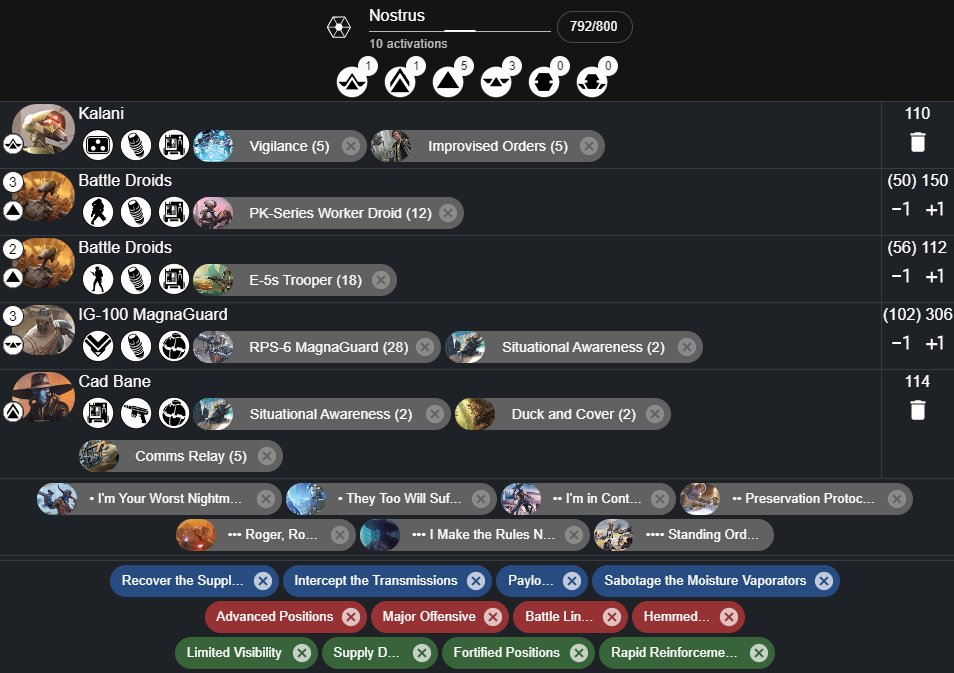
Double heavy vehicles
Eliminating one heavy vehicle is no mean feat. But two? Run for it! That’s what this archetype is based on. Two heavy vehicles means two big bags of hit points with a powerful strike force and area control. The strategy echoes the Blitzkrieg strategy used by the German army to conquer French territory during the Second World War: quickly break through enemy lines with tanks, then infiltrate with infantry.
Heavy units will generally be equipped with the Armour keyword. You can imagine a Separatist list with two AATs or a Clone list with two Sabre Tanks. To support these ships, it’s a good idea to add droids to the base units to repair the tanks if necessary. Basically, this archetype is a variant of the standard list but where the threat is not embodied by the commander/agent, but by tanks.
In 2021, Bruce Merker won the Lone Star Open tournament with a rebel list based on this archetype. He used two T-47 Airspeeders.
See the list in detail on LegionHQ.
Biased
This archetype seeks to create an imbalance against the opponent by basing its list not on specific units, but on an ability. The list then abuses this keyword to gain an advantage over the opponent. Take, for example, a list in which the majority of units have the Armour keyword. Such a list would inevitably pose a problem for the opponent. His army might contain one or two units with the Impact keyword (the antidote to Armour) but this would not be nearly enough to counter the whole army. Unless, of course, you come across a similar list with the Impact keyword at the top! And that’s the risk of this archetype. The credo is ‘double or nothing’. Every encounter will be a game of rock, paper, scissors: either the list performs very well against a ‘prey’ army list, or it will be put to the test itself.
You can moderate this risk by choosing the right keyword or ability. The keywords Armour or Critical X are safe values, but Infiltration or Speed 3 can be a total flop. If your list is based solely on the Impact keyword but your opponent doesn’t play a unit with Armour, you’ll have wasted a lot of points on that keyword.
This archetype generally shines when it comes to countering meta lists. If you know, for example, that the majority of the participants in a tournament will play a Blizzard Force, then you can impose yourself with an anti-Blizzard Force list that relies on all the keywords that will undermine this imperial list.
Oppression
Some units are far more effective in close combat than at a distance. So why not play to their strengths? This archetype is all about that. Opponents can be caught by the throat quickly and sometimes by surprise, as they usually expect to exchange fire rather than fists!
Force users are of course the units that spontaneously spring to mind when thinking of close combat, but they are far from having a monopoly on this skill. Wookies, Tauntauns, Magna Guards and Dewbacks are fatal threats to any enemy unit that dares get close. Fun fact: even Stormtroopers have better hand-to-hand skills than ranged ones!
The challenge with this archetype is to bring the fighters into contact with the enemy before they are decimated. One solution is to add a heavy vehicle to such lists. It can transport the kings of the ring safely and quickly to the heart of the action. Think of the Landspeeder to drop Luke (agent) off at the party, or the Shadow Collective’s A-A5 ‘Party Bus’ loaded with Black Sun henchmen. Lyla Claire, second on the podium at the Las Vegas Open in 2023, used this ploy with her Pink Suns list.
See the the list in detail on LegionHQ.
Tribal
Tribal is a term from trading card games. It is used to characterise a deck’s strategy when it relies on the synergy effects of a race (such as elves, dwarves, etc.) to trigger an unstoppable snowball effect if not dealt with in time. In Star Wars Legion, the tribal strategy that first springs to mind is that of the Clones. Any Republic unit that is a clone can share one green token of each kind with friendly clone units at range 1. An army list based on this archetype will multiply this type of unit (and limit itself to it, at the risk of putting itself in a bind). See the Clone list below for an example:
Although the term tribal was originally used to describe tribes, it has evolved over time and can now be used to describe a strategy that uses and abuses the same mechanics to trigger synergy snowball effects.
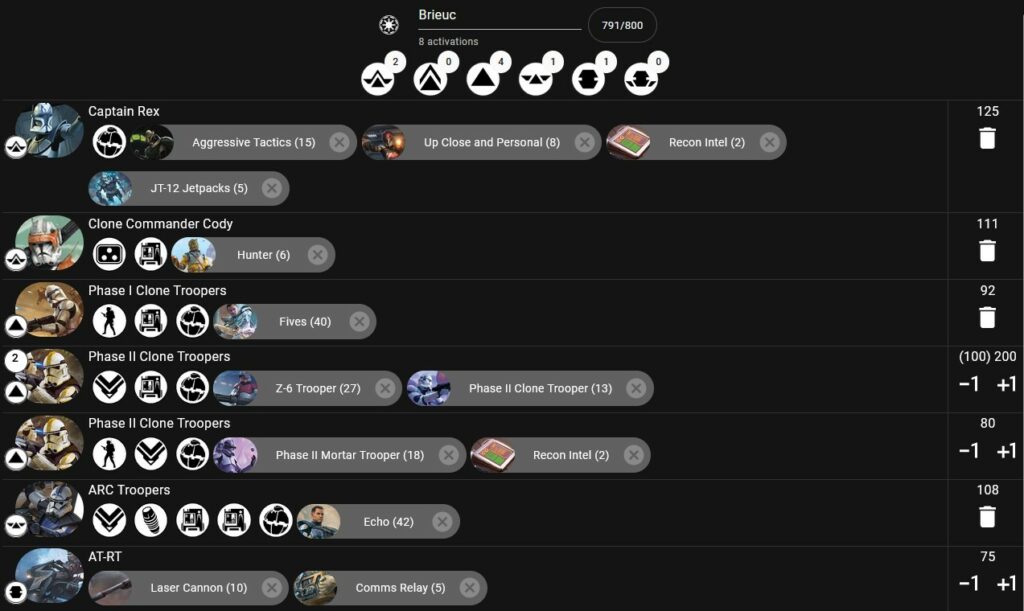
Gunline
The aim of this archetype is to deliver powerful long-range fire (the opposite of the CaC archetype). The attack reserves contain a large number of dice. Units will generally have the ability to fire at range 4 (or more), ideally with keywords that increase the chance of a hit (critical, piercing, impact, etc.).
The Empire is a faction that excels in this area, as it has many tools at its disposal to embody this archetype. Just look at the Stormtroopers’ special weapons and remember they are just the basic infantry of this faction…
Double Trouble
This archetype is a variant of the Line of Fire. It uses two heroes with good mobility to wreak havoc on opposing ranks. These heroes, often Agents, ‘gravitate’ around the army corps, made up of units with good long-range striking power. At the top of the list, the two protagonists are independent. In other words, they don’t need the rest of the list to accomplish their tasks. They don’t even have to collaborate with each other, either. This is a far cry from Cassian and K-2SO, who are condemned to work together. The most notorious example is the “Double Bounty” army list: The two nuisances are embodied by bounty hunters, while the rest of the army can focus on objectives and/or support the bounty hunters with shots from afar.
Michael Hollingsworth’s list, played at the Las Vegas Open 2023, is based on this archetype. It placed him 5th.
See the list in detail on LegionHq.
A final word
Understanding popular archetypes in Star Wars Legion is essential for creating more effective army lists. With those in mind, you can now decipher the lists of great players as they usually follow an archetype. Finally, knowing the archetypes also gives you a tactical advantage over your opponents: if you spot their archetype, you’ll be able to pinpoint their list’s strengths and more importantly, their weaknesses.
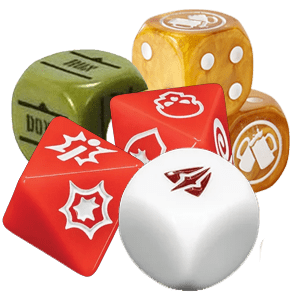
We shine a spotlight on lesser-known wargames
And we grow their communities along the way. If this mission speaks to you, you can be part of it by supporting us on Ko-fi.
